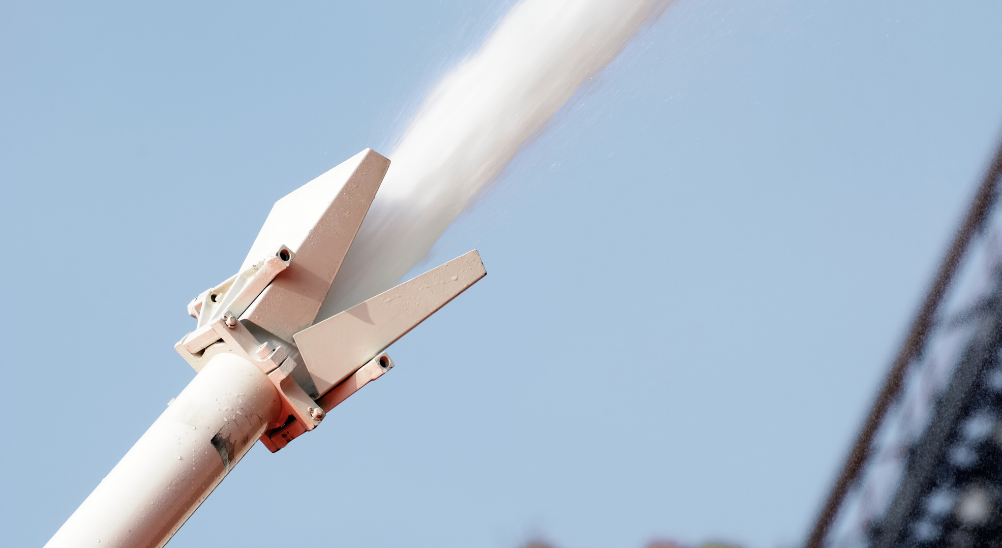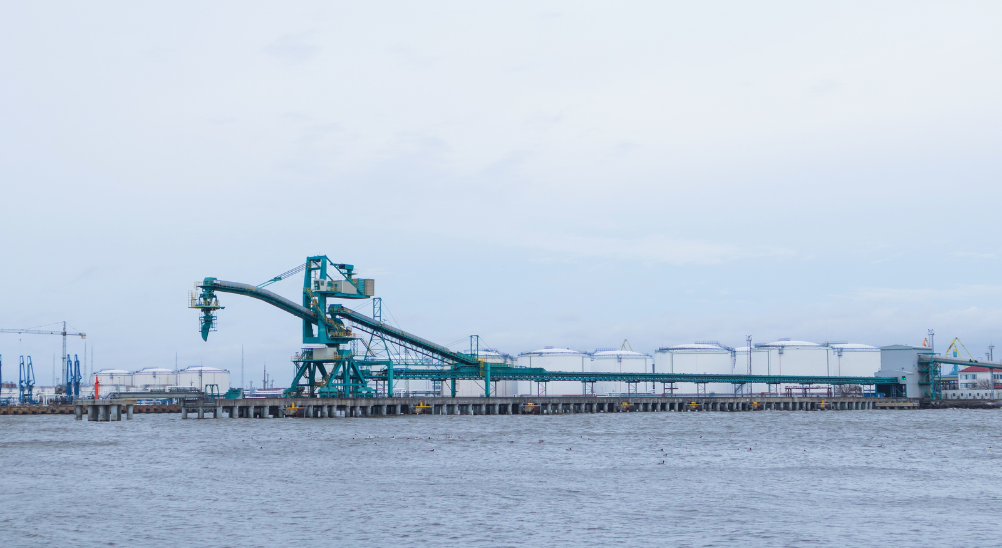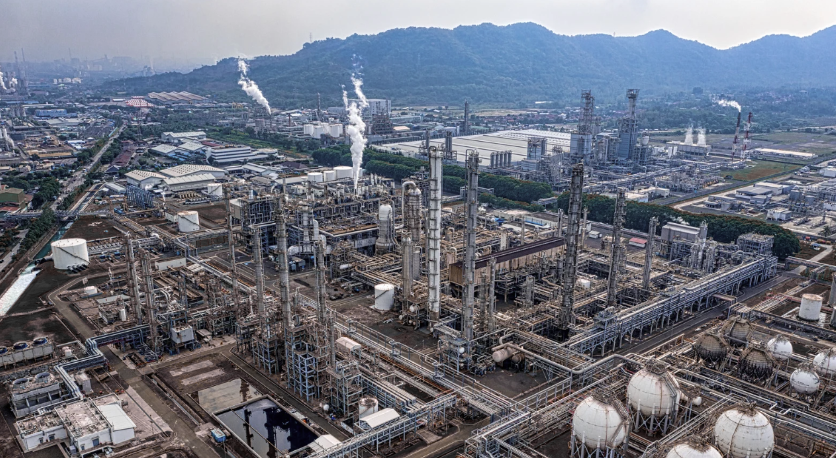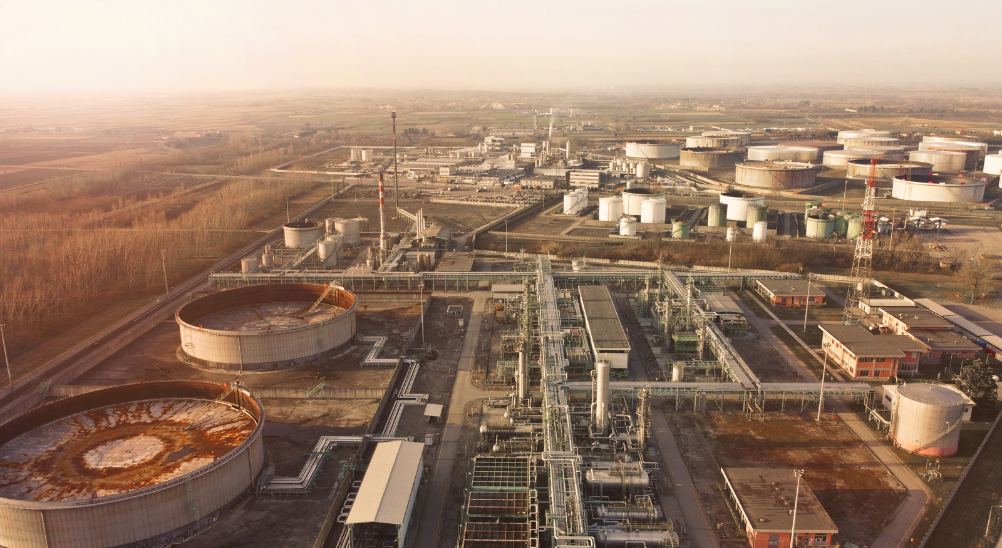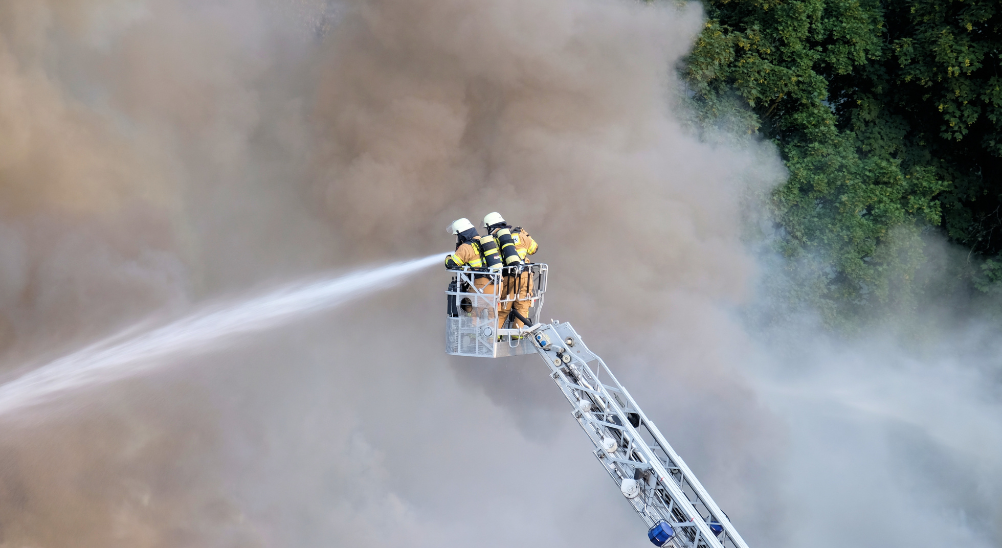Foam Transition Updates & Insights

Navigating the Complex Landscape
The transition from PFAS-based foams to Synthetic Fluorine-Free Foam (SFFF) is a topic that has garnered significant attention in recent months. Regulatory bodies such as NFPA and its research arm, FPRF, have been actively publishing technical advisories, emphasizing the importance of a thorough and considered approach to foam transitioning. Their latest communications focus on the critical steps required for a successful and compliant transition, highlighting areas often overlooked by the industry.
KEY UPDATES FROM NFPA & FPRF
Foam System Integrity Assurance
NFPA has introduced a comprehensive framework consisting of 10 elements derived from fire and explosion hazard management processes. This aligns closely with our approach at Archer, where we advocate for a complete 360-degree assessment of foam concentrate and system compatibility before making any transition. A detailed and thorough analysis of the entire system is imperative to ensure safety and compliance. NFPA and most fire safety authorities necessitate a detailed and thorough review of system design because as one fireman put it: SFFF is “not AFFF”. Given the aggressive marketing around new SFFF products, it is common for SFFF products to be marketed as ‘drop-in’ replacements due to disinformation or lack of training. Common issues that can arise when systems are not engineered correctly: Incompatibility of hardware, foam pumps not working, proportioners not proportioning correctly, fuel-foam incompatibility (lighter hydrocarbons or aromatic hydrocarbons can break down SFFF foam blankets faster resulting is shorter burn back times, and many other concerns).
Focus on Foam Concentrate Procurement
Choosing the right foam concentrate is more than just meeting fire test specifications like LASTFIRE, UL, and EN standards. It involves ensuring material compatibility, assessing shelf life, and conducting batch testing prior to acceptance. This step is crucial as it directly impacts the safety and efficacy of your firefighting systems. In the latest NFPA guidelines, it is recommended for teams to pay special attention to hydrocarbon fuels with boiling points below 100 degrees Fahrenheit (37.78 degrees Celsius). It is also recommended that multiple passes of foam concentrate may be required depending on the model or brand – ultimately, specific tests are recommended for each application type, to ensure foam performance.
Hydraulic Analysis and Flow Characteristics
Traditional hydraulic calculations using the Hazen-Williams formula, which are suitable for water, may not accurately represent the flow characteristics of fluorine-free foam solutions. This necessitates a revised approach to ensure proper pump sizing and system performance. Studies have previously shown that some blends of currently available SFFF foam solutions (this is the fluid that is downstream of the foam proportioner) have 20-30% greater friction losses. This is a great concern especially for systems that are using centralised proportioning, and the majority of the system piping is foam solution piping.
Storage Considerations
A much lesser-known consideration is that certain commercially available blends of SFFF are known to be highly hygroscopic, which means it absorbs moisture. When foam absorbs moisture, it becomes more gel like (almost like a sludge). Sludging can affect performance in proportioning and firefighting. In this part of the world, we are living in particularly high-humidity environments due to our tropical climates. Most foam tanks are placed outdoors. Proper storage conditions must be assessed and maintained to avoid these challenges. For example, atmospheric tanks must be filled to the fill column to reduce interfacing areas. Using sealer oils to seal against high humidity environments. Also making sure that temperatures are controlled to ensure that foams do not thermally degrade.

